Prehistoric Era (1972 – 1975):
In the beginning was the voice of the child.
After our First Communion (age seven), boys were eligible to join the church choir, led by Father Feerick. We wore red-and-white cassocks, and with gusto I chanted
Alleluia, Alleluia! And He shall reign for ever and ever!
as loudly as I could.
Even better, we could enroll in Fr. Feerick’s a capella “Schola” group, which traveled to nursing homes across the tri-state region to sing Broadway tunes for the elderly residents.
We rehearsed after school in a large room behind the sacristy, with lyric booklets mimeographed by the Father. The songs were from kitschy musicals like Hello Dolly, Oliver!, and Bye Bye Birdie, though I didn’t know that then, since Fr. Feerick never explained the original context of the songs to us.
Only once did he clarify a lyric that puzzled us. The song was “The Surrey with the Fringe on Top.” He explained that a surrey was a horse-buggy carriage, which was unknown to Manhattan kids more accustomed to the subway.
At the nursing homes we didn’t interact directly with the residents – the elderly folk seemed quite alien to us. But they always clapped enthusiastically, and there was usually a big table of cookies and soda laid out for us.
(A lone Catholic priest and a busload of 30 pre-teen boys singing Broadway showtunes would be viewed with extreme suspicion these days. Fortunately, our rehearsal & touring experience was quite innocent.)
I especially loved singing the most melodramatic songs, those that ended with exultant finales. Best of these was The Impossible Dream.
To try when your arms are too weary, To reach the unreachable star
This is my quest – To follow that star
No matter how hopeless, No matter how far…
And the world will be better for this, That one man,
scorned and covered with scars
Still strove with his last ounce of courage
To reach – the unreachable star!!!
No surprise, this bombastic song was adopted by Elvis during his late grandiose Vegas phase:
Between the Hallelujahs of the Mass, and the rousing Broadway anthems, I acquired a fatal fondness for the sweeping epic, even when it was schmaltzy and overwrought. Not having Elvis’ caped jumpsuit, my 9-year-old self often performed the song at home in pajamas.
The Cassette Era (1979 – 1997):
My singing career ended when my family moved to Ireland. There was no local church choir, and anyway my voice broke into an adolescent male croak.
I learned contemporary pop music from the radio and BBC TV’s “Top of the Pops.” In 1980 I bought my first album, a cassette edition of “The Best of Bowie,” a cheap K-Tel compilation sold in supermarkets between the pet food and plastic spoons aisles.
(OK, that’s not strictly true. The Bowie anthology was my second music acquisition. My debut album purchase was actually “Crusader” by the Irish balladeer Chris de Burgh, who had a strong Neil Diamond vibe. But that detail would paint me as un-cool, robbed of any street-cred… so let’s pretend, for this official history, that my first album was the Bowie collection.)
There was a record player in the family living room, but that was definitely not the place to listen to a dark-and-doomy Joy Division album.
Using cassettes in the boombox in my bedroom allowed privacy during my high school days; later, for the daily bus ride to college, there was the essential Sony Walkman. Cassettes offered a personal listening space, and mobility. I sat on the top deck of the double-decker bus commuting into Dublin city, as that day’s album played, over and over, on auto-loop in the Walkman.
The Walkman had its quirks, such as when the beat of the music gradually slowed, notifying you that the AA batteries needed replacement. And the fragile shit-brown magnetic tape could get tangled in the gears of the device, and was sometimes mangled afterward. (As a result, my cassette of Jackson Browne’s Late for the Sky always had a 15-second warble in the second verse of the title track.)
In college I began to attend big open-air festivals. In particular, five bands played these regularly: U2, Simple Minds, Big Country, the Waterboys, and the Alarm, all of whom I saw multiple times.
In market-stalls on the quays the following week you could buy bootleg cassette recordings of the concert you’d attended – there was a perfect feedback loop between listening to music privately, and attending communal festivals.
After graduation I moved to New York, just before the rise of Nirvana. But grunge was the ‘last hurrah’ for pasty-white-boy guitar bands in the media spotlight. Soon hip-hop, EDM, and female popstars would assume greater cultural dominance. The guitar would be eclipsed by digital synthesizers on most hit songs played on radio.
Since I had already invested heavily in my cassette collection, I mostly skipped the transition to compact disk. If I did buy CDs, I’d just use them to copy onto cassettes. (Sony eventually created a CD Discman, but it was unreliable: the song often skipped when you were walking, and the lid sometimes popped open unexpectedly.)
Digital Chaos (1997 – 2009):
Despite my fondness for cassettes, by the late ‘90s the format was clearly dying in the marketplace, and I started investigating newer digital alternatives beyond the CD. The music industry was entering an unstable era, where no one could predict the winning commercial format.
And then Napster arrived.
Younger colleagues at the office showed me how they downloaded thousands of pirated MP3 files every week. Unlike me, they didn’t describe their music collection in terms of individual albums, but rather as multiple gigabytes on their hard-drives.
Music sales cratered: Tower Records and the Virgin and HMV megastores all shut down.
A dedicated college student would certainly have the obsessiveness and leisure time to search for, download, and catalog all these pirated mp3 files. Now in my thirties, I simply couldn’t be bothered with all that effort. I valued simplicity, and sought a new solution. I was an early adopter of some emerging technologies that succeeded (satellite radio) and some that failed (Sony MiniDisk).
Alt-rock was still thriving in New York clubs, even if the artists weren’t selling many records. The Strokes, Interpol, the National, and the Yeah Yeah Yeahs emerged in the new millennium. (Though there was an odd pang of discomfort: these talented upcoming artists were a decade younger than I was.)
The IPod player arrived, and for a brief time seemed to be the future of the music business. Nope.
Era of the Celestial Jukebox (2009 – ???):
A startup Swedish music-streaming company called Spotify began growing a huge audience in Europe.
But in 2009 they hadn’t cleared the licensing hurdles to launch in America. So the best American streaming service available for my brand new Blackberry cellphone was Slacker.
The killer feature of Slacker was that it offered terrific options for creating and customizing unique radio stations. I created a ‘WildShaman’ station that only played Patti Smith, Bjork, and PJ Harvey, and another that only played Al Green and James Brown deep soul cuts. Every desired taste or mood could be tweaked with specific artists or tunes.
After Slacker, I never bought another album. Every song ever recorded was now available to me instantly as data streamed from the Cloud. And the arrival of noise-canceling bluetooth headphones was the cherry on top.
Currently, songs become massive viral hits via TiKTok, a medium I’ve never used. Technology is finally leaving me behind.
In a few more years, when I end up eating vanilla pudding in a nursing home, no doubt some kids will occasionally come by to entertain us. I’ll probably mumble some comment about my old “cassette mixtapes,” and their kindly guardian will have to explain to the children that it’s an obsolete technology – like the horse-buggy.
CODA:
A few years ago there was a very successful Broadway revival of “Man of La Mancha” starring Brian Stokes Mitchell. Due to social-distancing during the Covid pandemic, Mitchell was filmed by PBS singing a stripped-down, yet powerful, version of The Impossible Dream:




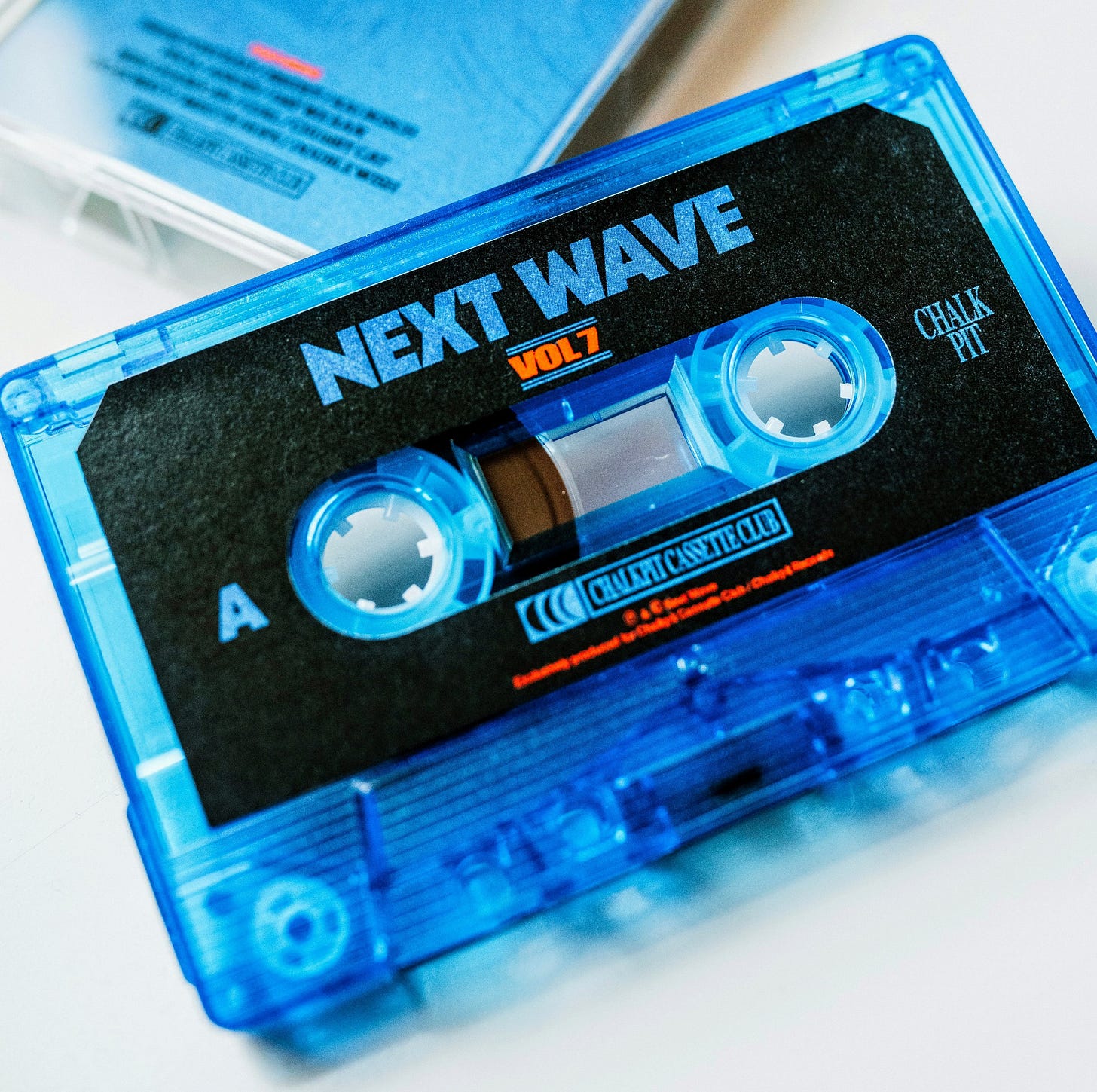
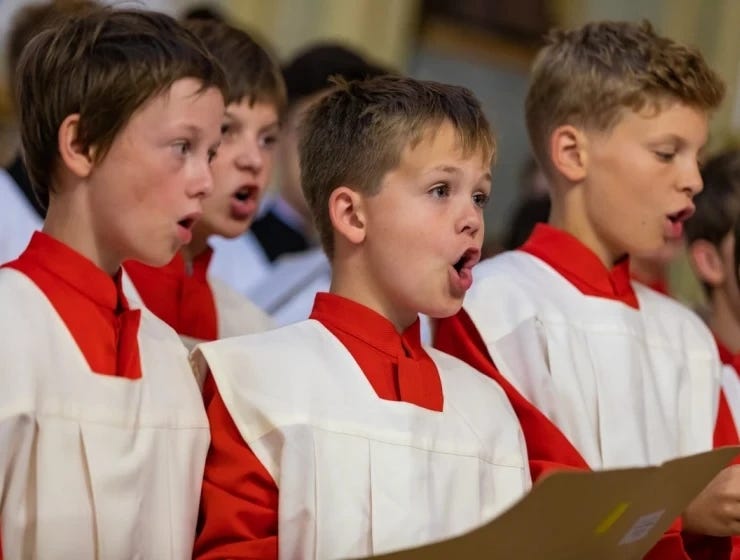

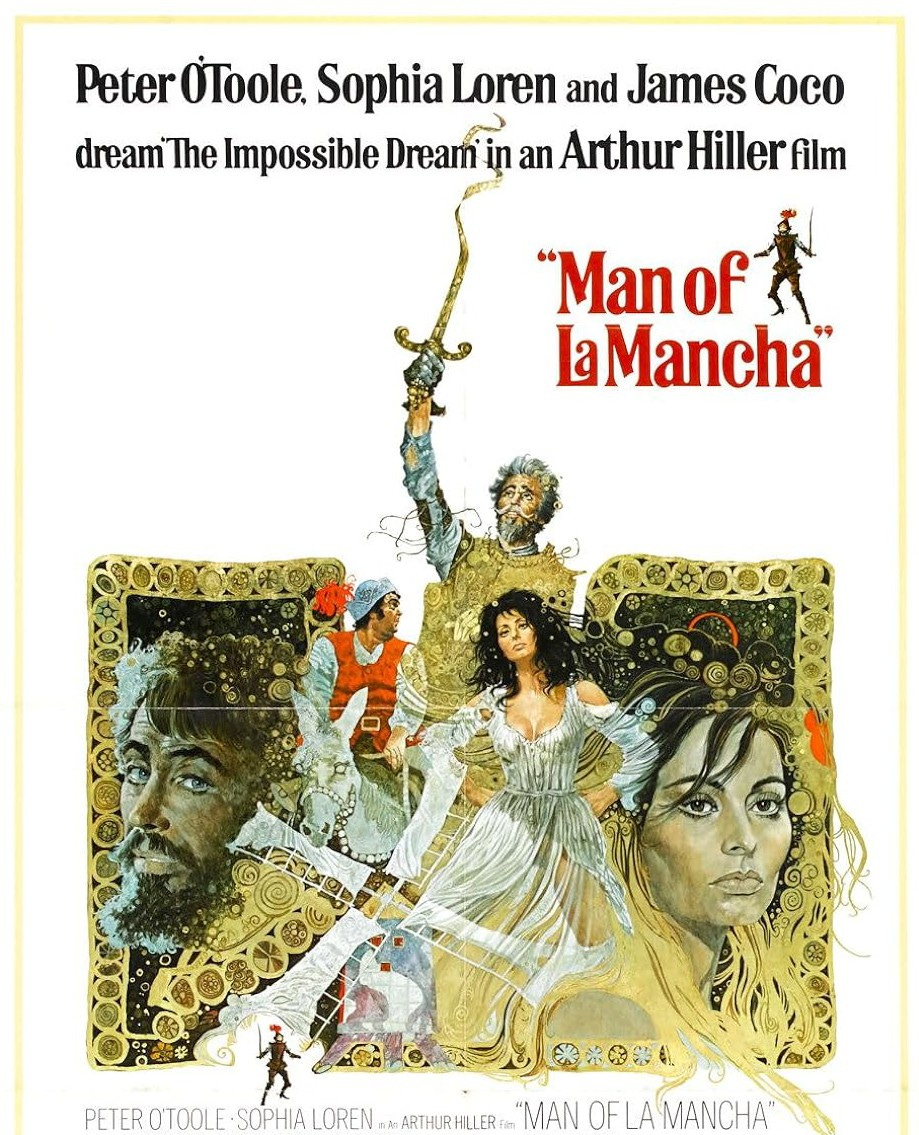
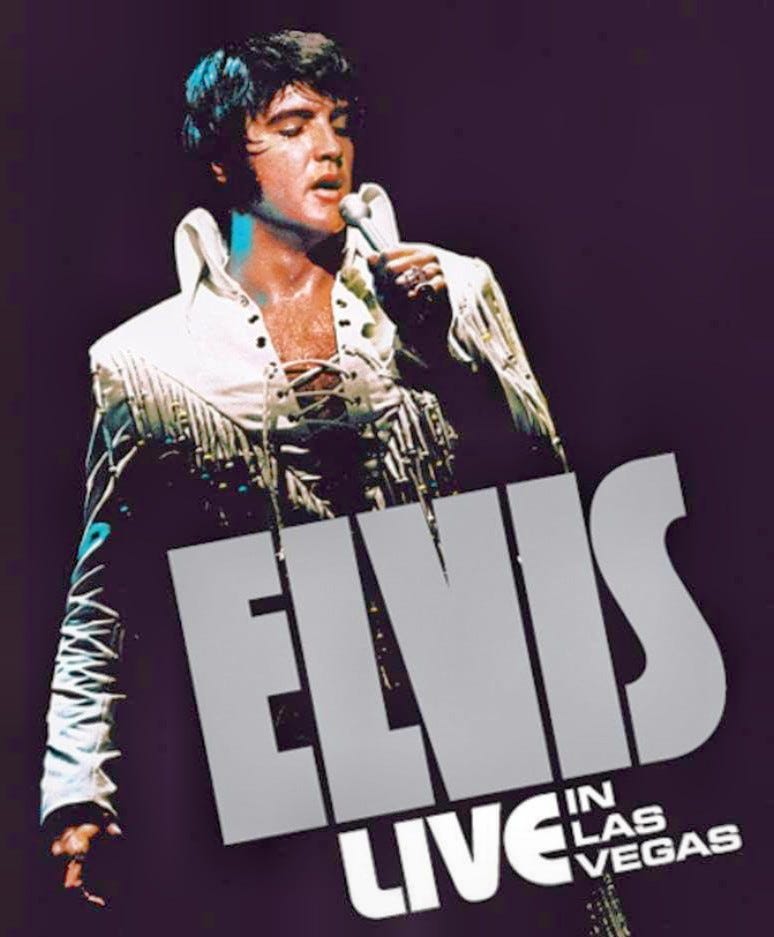
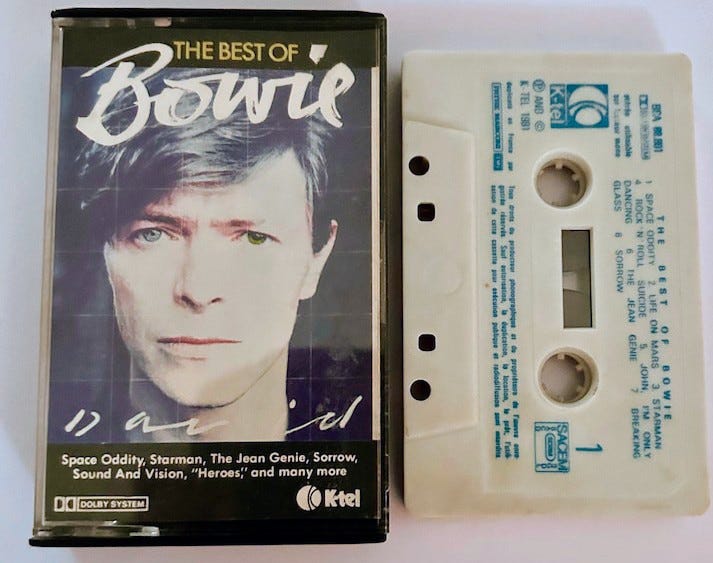
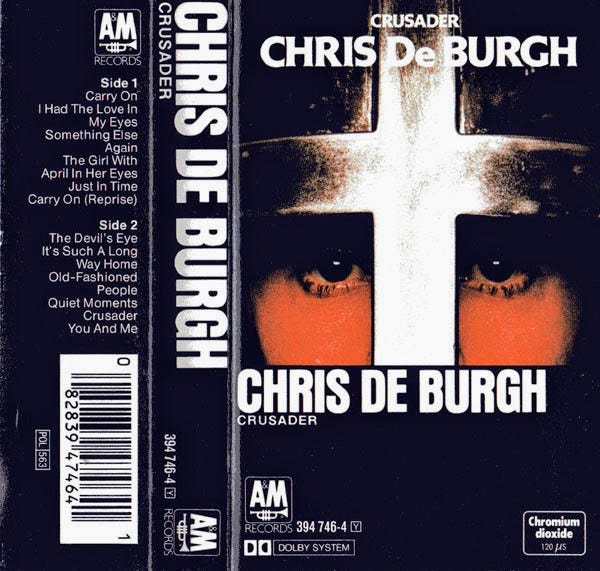


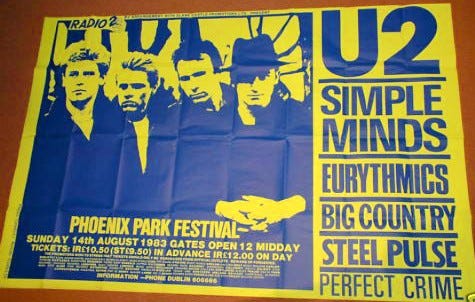
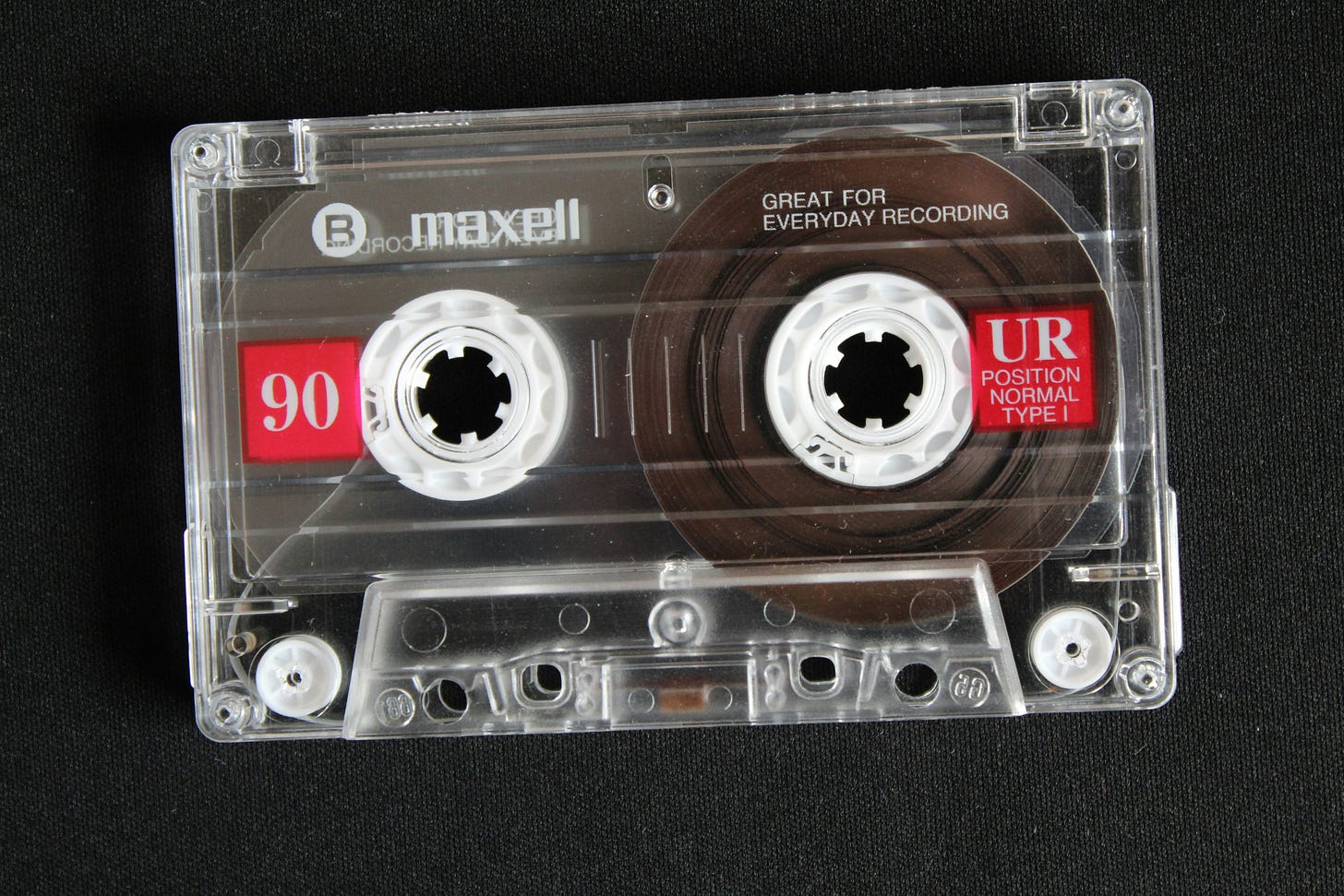
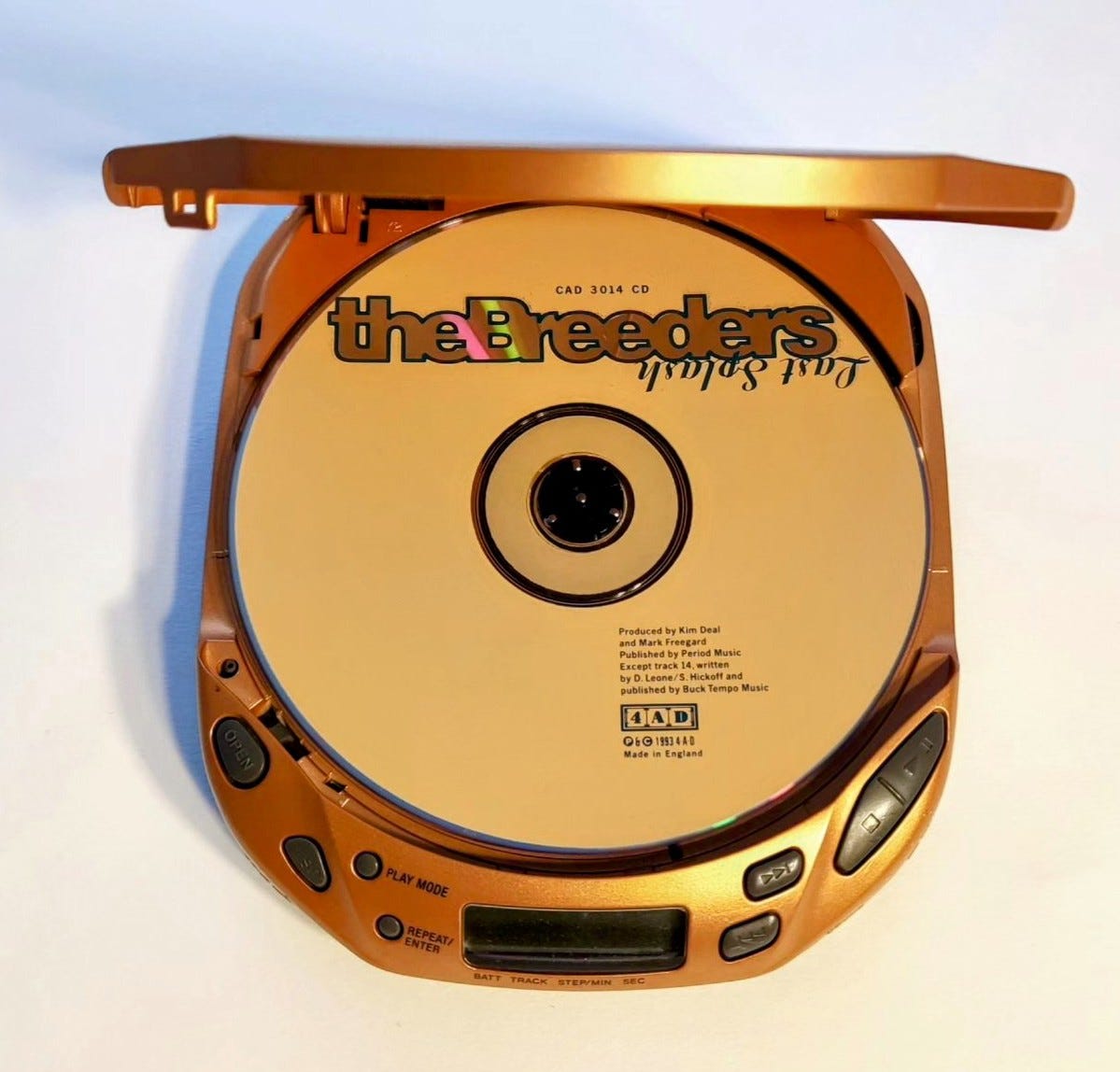
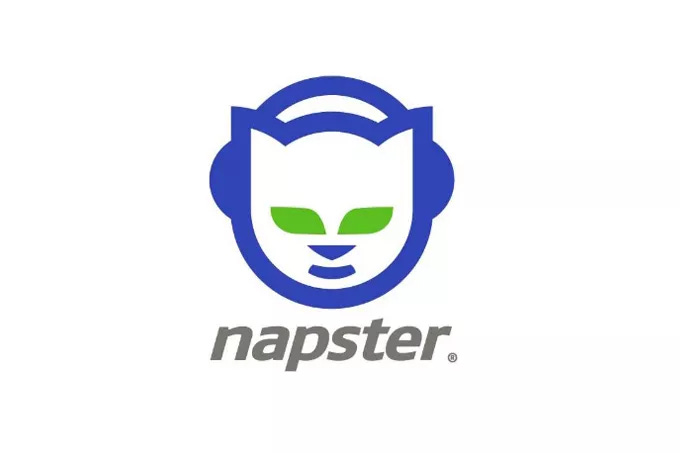

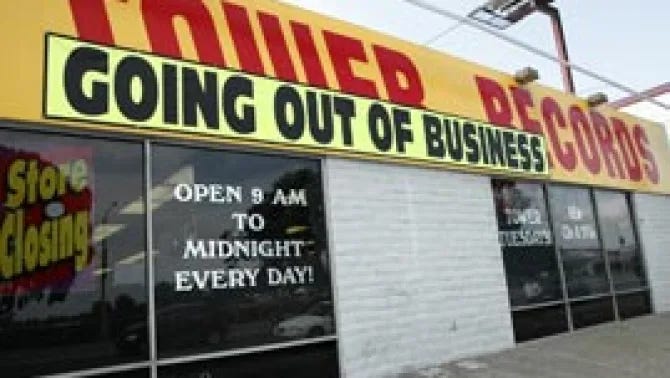
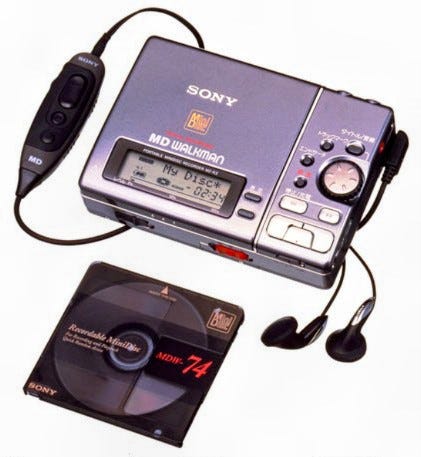
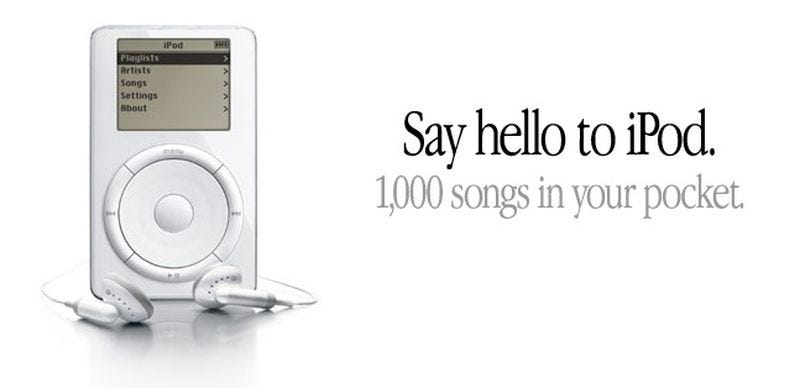
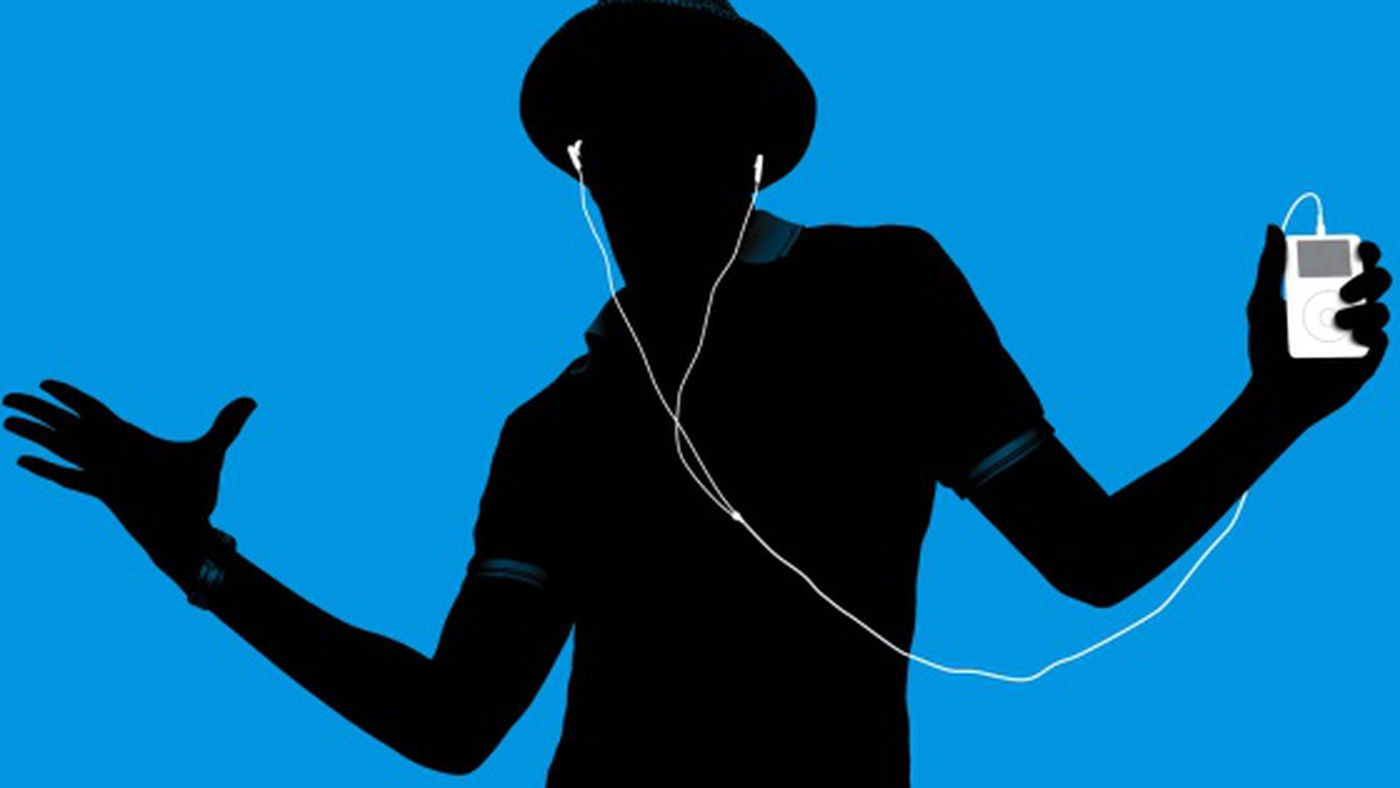
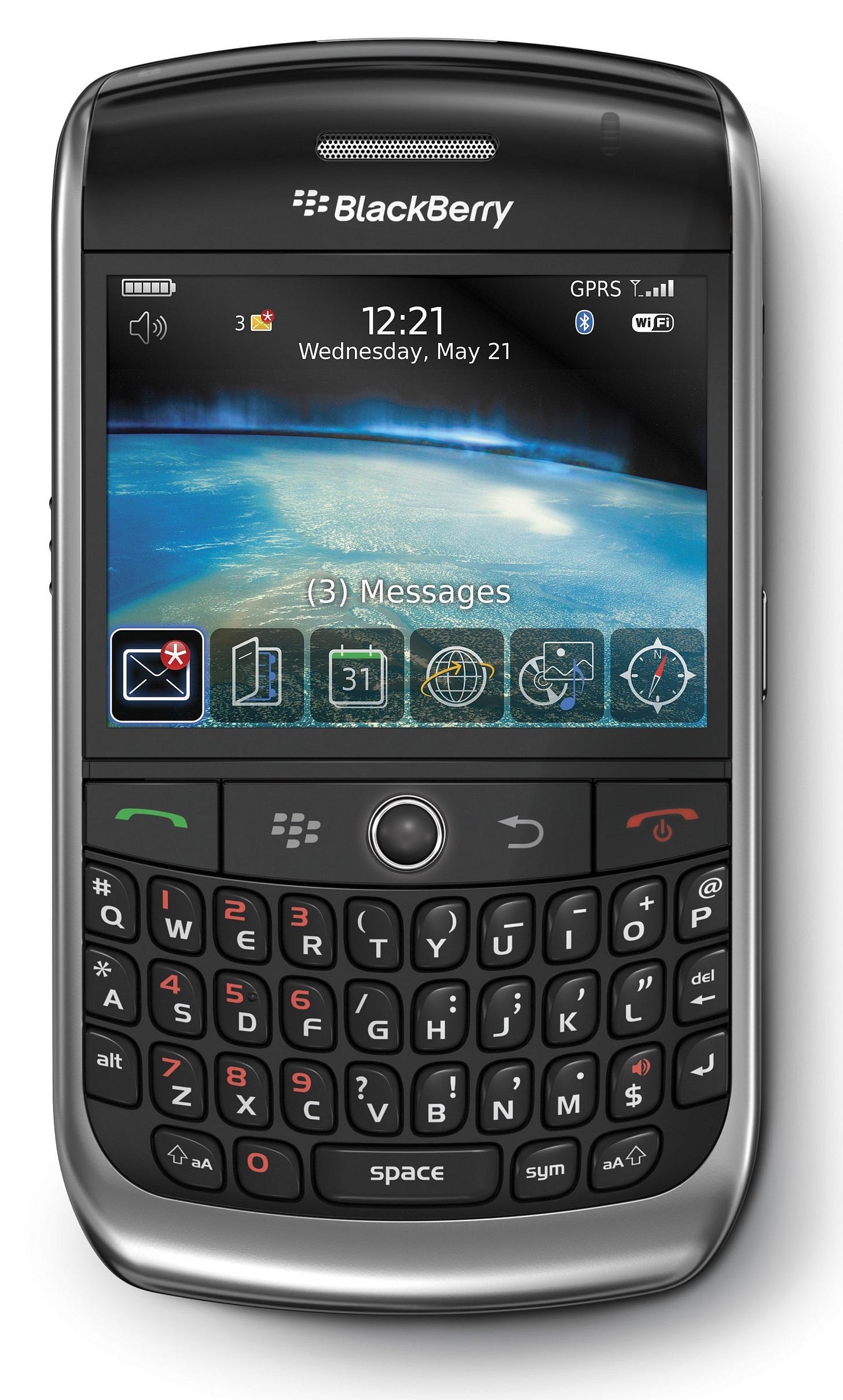
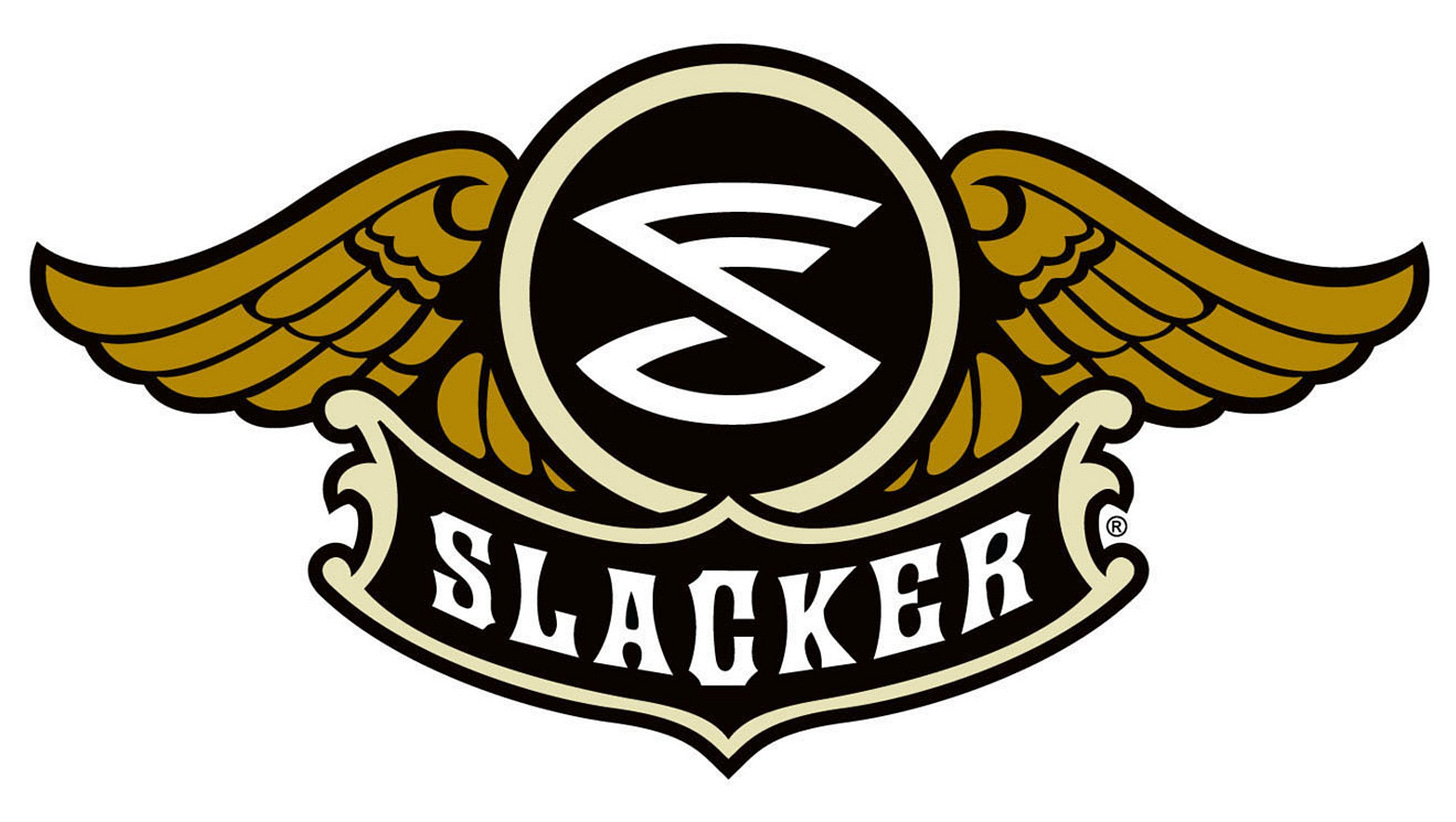
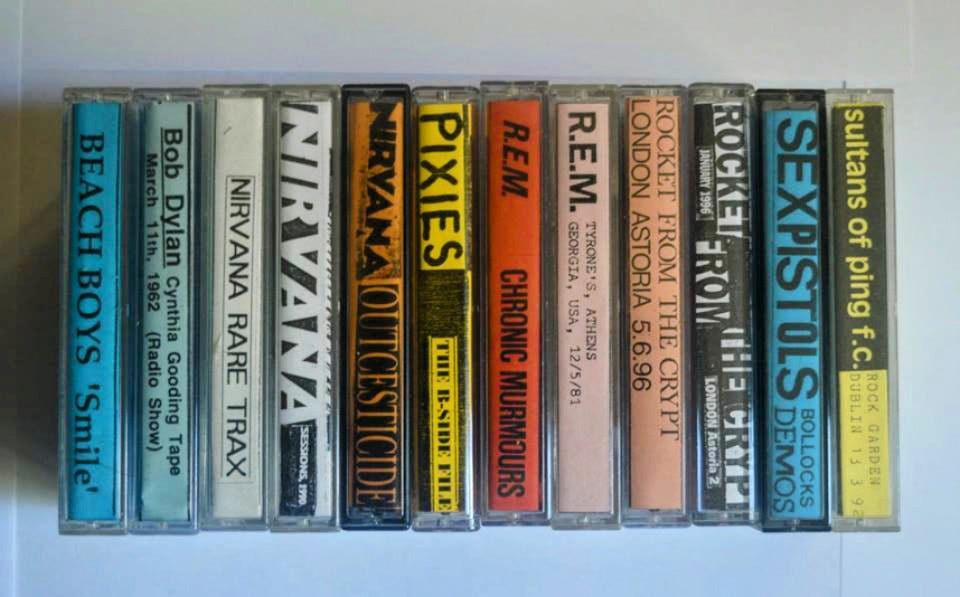
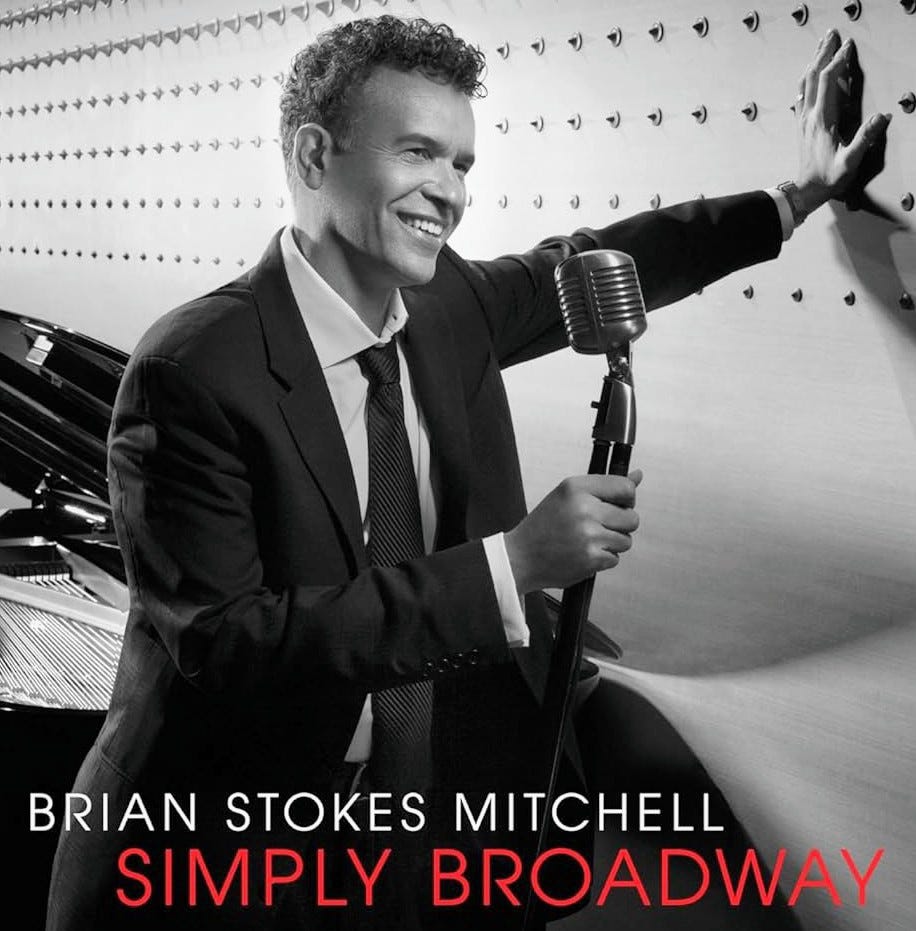
Great trip down memory lane!
Ah I loved this progression, and nice callback to the surrey at the end, made me laugh out loud. I did get on the CD trend after my cassette tapes, but was sad to lose (eventually) the homemade cassette tapes painstakingly recorded off the radio, and passed around between friends. Not the same as a shared Spotify playlist, kids these days will never understand what they’re missing 😆